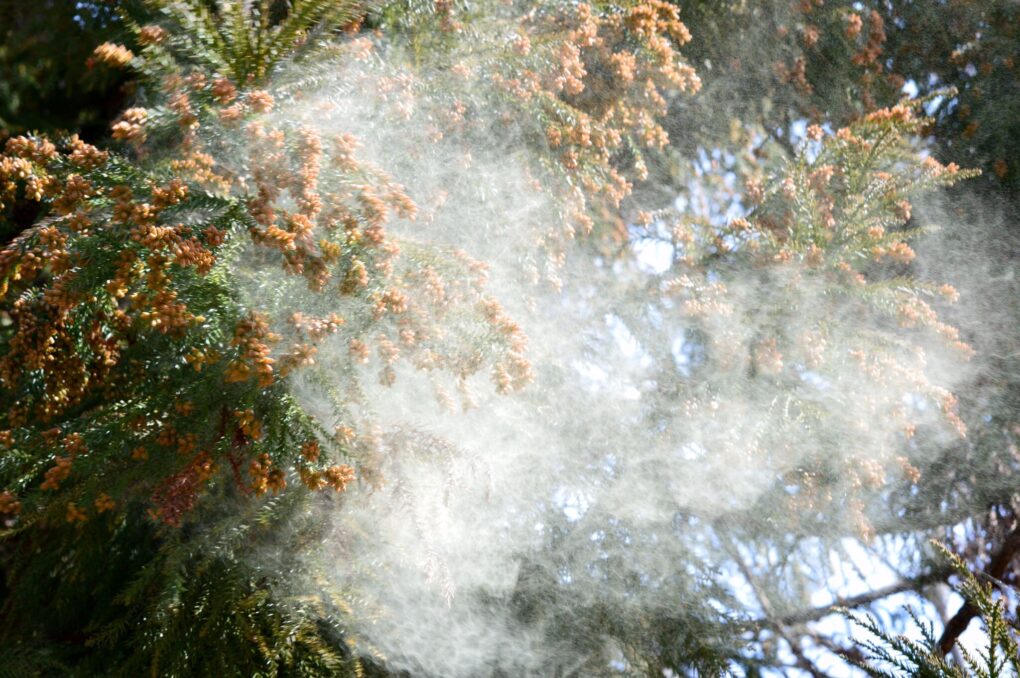Experts share how to treat cedar fever in San Antonio

Welcome to the worst of the allergy season, San Antonio. We dread it every year, but mountain cedar season, also known as “cedar fever season” is here and will be for a while, Dr. Kirk Waibel, an allergist with Aspire Allergy & Sinus, tells MySA. If you’re new here, consider this your welcome to Central Texas and San Antonio, the allergist says. Here’s what we know about this cedar season:
From December to February, cedar (ashe juniper) and other juniper trees pollinate during the colder months of the year. Since the COVID-19 pandemic, Central Texas has a trifecta of ickiness to worry about: typical viral illnesses like the cold and flu, seasonal winter allergies, and COVID-19, Waibel warns.
Allergy symptoms for “Cedar Fever” can be severe and sudden that almost seem like the flu. However, a flu infection or COVID-19 will cause a fever, but cedar allergies will not, Waibel says. The most common symptoms of allergies are a clear runny nose, sneezing, and eye itching and watering.
Cedar pollen counts can be in the 10,000 to 12,000 range on a bad day. According to Waibel, San Antonio is seeing levels in the 12,000 to 20,000 range.
“They are extremely high right now,” he said. “Since we are having a drier winter, allergy sufferers may have a rough January and February.”
How does the weather affect it?
The cold and dry air will cause the cones containing the pollen to fall from the trees, break open, and spread the pollen on the wind. San Antonio and the Hill Country generally see high pollen counts around Christmas and New Year.
The National Weather Service recently looked back at 2022 and what the weather was like for San Antonio. One of the most notable stats was that 2022 was the second driest and ninth warmest year on record in San Antonio, which isn’t good news for cedar season as the trees are very drought tolerant.
“That’s why you see a lot of the cedar pollen in Texas because it thrives really well in dry and harsh conditions,” Waibel says. “So, unfortunately, the droughts don’t really affect the cedar trees as much as they might affect other tree species.”
How can you avoid the cedar fever woes?
Most symptoms respond to common allergy medications such as oral antihistamines and nasal corticosteroids. Waibel says the community can stay indoors and keep the windows closed to try to prevent the pollen from coming inside the house. He also recommends wearing masks not only as a safeguard against COVID-19, but to help filter some of the pollen out from the outdoors.
If you really want to tackle your allergies for good, the best thing to do is get an allergy test to confirm your allergy and start immunotherapy, Waibel says. Immunotherapy introduces small amounts of the allergen over time, letting your body build up a tolerance so it no longer sees it as a threat.
“San Antonio consistently is in the top 20 allergy capitals in the U.S., so you just don’t get a break here,” Waibel says. “You have your spring trees or summer grasses, and we just got out of our fall ragweed season, and then here we go with our mountain cedar season, so your allergies are not going anywhere.”
For more information on immunotherapy, visit aspireallergy.com.

























